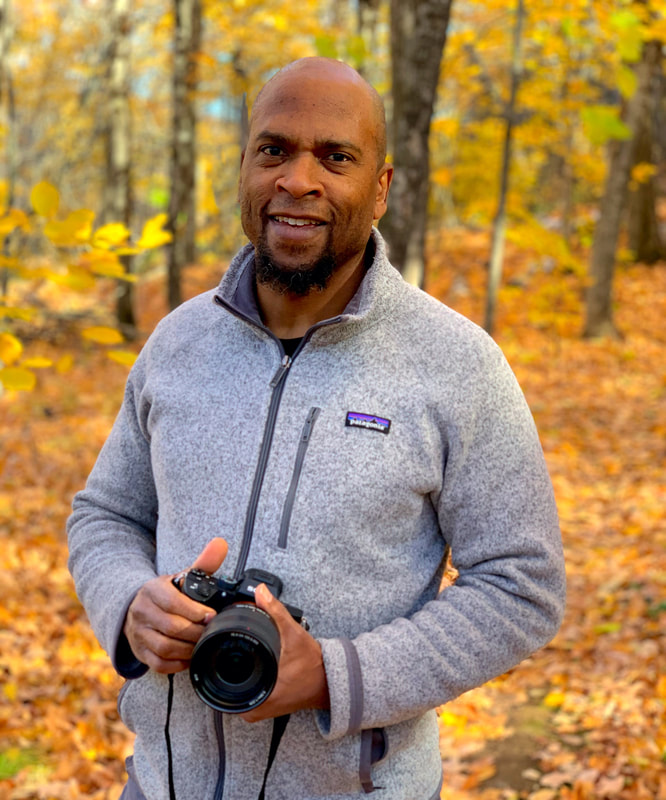People, Passion, Experience: Pathways to Success!
Plenary Speakers
UMISC plenary sessions bring all attendees together to showcase national luminaries in invasive species leadership, management, policy, and research. We are pleased to announce our plenaries for 2024:
|
Tuesday November 12th
Hilary Smith Senior Advisor for Invasive Species, U.S. Department of the Interior Hilary Smith is the Senior Advisor for Invasive Species for the U.S. Department of the Interior (DOI). She provides national leadership and coordination on DOI invasive species policies, planning, and programs, working closely with DOI bureaus, offices, and senior officials. She also serves as the DOI Senior Advisor to the National Invasive Species Council. Hilary has worked on invasive species issues for more than 20 years addressing invasive species at multiple scales, with an emphasis on interjurisdictional and partnership approaches. She has a M.S. in Biodiversity, Conservation, and Policy from the State University of New York at Albany, and a B.A. in Biology from Hamilton College in New York. The Power of Partnerships: Strategic Invasive Species Action at the Department of the Interior The Department of the Interior plays a central role in how the United States stewards its public lands. Interior manages one-fifth of the country’s land area, thousands of miles of coastline, hundreds of dams and reservoirs, and 1.76 billion acres of the Outer Continental Shelf. It also upholds the federal government’s trust responsibilities to 574 Federally recognized tribes and honors its special commitments to Alaska Natives, Native Hawaiians, and affiliated Island Communities. Additionally, Interior supplies water to tens of millions of people; provides diverse recreational opportunities; protects the icons of the country’s national heritage; conserves fish, wildlife, and their habitats; and provides scientific and other information about these resources. Invasive species pose substantial threats to fulfilling these diverse responsibilities. To reduce those threats, Interior leads extensive efforts to manage invasive species, working closely with other federal agencies, states, tribes, territories, and other partners. This presentation will feature signature Departmental initiatives underway in collaboration with partners, including on wildfire and invasive species, islands and invasive species, the National Early Detection and Rapid Response Framework, and other strategic efforts supported by the historic Bipartisan Infrastructure Law. Kirsti Marohn Correspondent, Minnesota Public Radio Kirsti Marohn is an award-winning journalist who has spent more than two decades writing stories to help Minnesotans better understand the natural world. She is a correspondent for MPR News, where she writes about central Minnesota’s communities, people and the environment. Kirsti grew up in the Brainerd Lakes Area and graduated from the University of Minnesota. She spent 18 years as a reporter at the St. Cloud Times, where she covered state and local government and environmental issues. For the past seven years, she has been a reporter for MPR News, focusing on the environment, energy and water. She was part of an MPR News team that earned an award for a 2018 series about the impacts of aquatic invasive species in Minnesota. Kirsti lives in Brainerd with her husband and two daughters. In her free time, she enjoys hiking, reading, traveling and spending as much time on Minnesota lakes and rivers as possible, including kayaking and annual trips to the Boundary Waters Canoe Area Wilderness. Wednesday November 13th Dudley Edmondson Photographer, Author, & Filmmaker Attempting to Understand the Disconnect Between Black Americans and the Outdoors Over the last 33 years, Dudley Edmondson has become an established photographer, author, filmmaker and presenter. His photography has been featured in galleries and publications around the world. His photographic work and adventure travels have taken him to so many amazing places from the Arctic Circle of Alaska to the Bahamas. As a young man, Dudley Edmondson discovered the power of nature and its ability to heal both the mind and body. This led Mr. Edmondson on a lifelong path to follow his passion and instill his love and knowledge of the outdoors in others and inspire a personal understanding and respect for everything nature offers. Mr. Edmondson has collaborated with numerous communities across the county to help urban youth and youth of color to experience nature and the beauty of the outdoors. Mr. Edmondson was one of the first to highlight the involvement of African Americans in the public lands system. Unsatisfied with the representation of people of color among those in his outdoor pursuits, he created a set of Outdoor Role Models for the African American community by writing his landmark book, The Black and Brown Faces in America’s Wild Places (Adventure Keen Publications, 2006). In 2021, Mr. Edmondson created a photography and film exhibit called “Northern Waters,” for the Minnesota Marine Art Museum. Dudley was recently featured in the PBS program, America Outdoors with Baratunde Thurston, discussing his passion for birding and nature, as well as the importance of diverse communities enjoying the outdoors. He is currently working on his next book, in addition to several film projects. |



